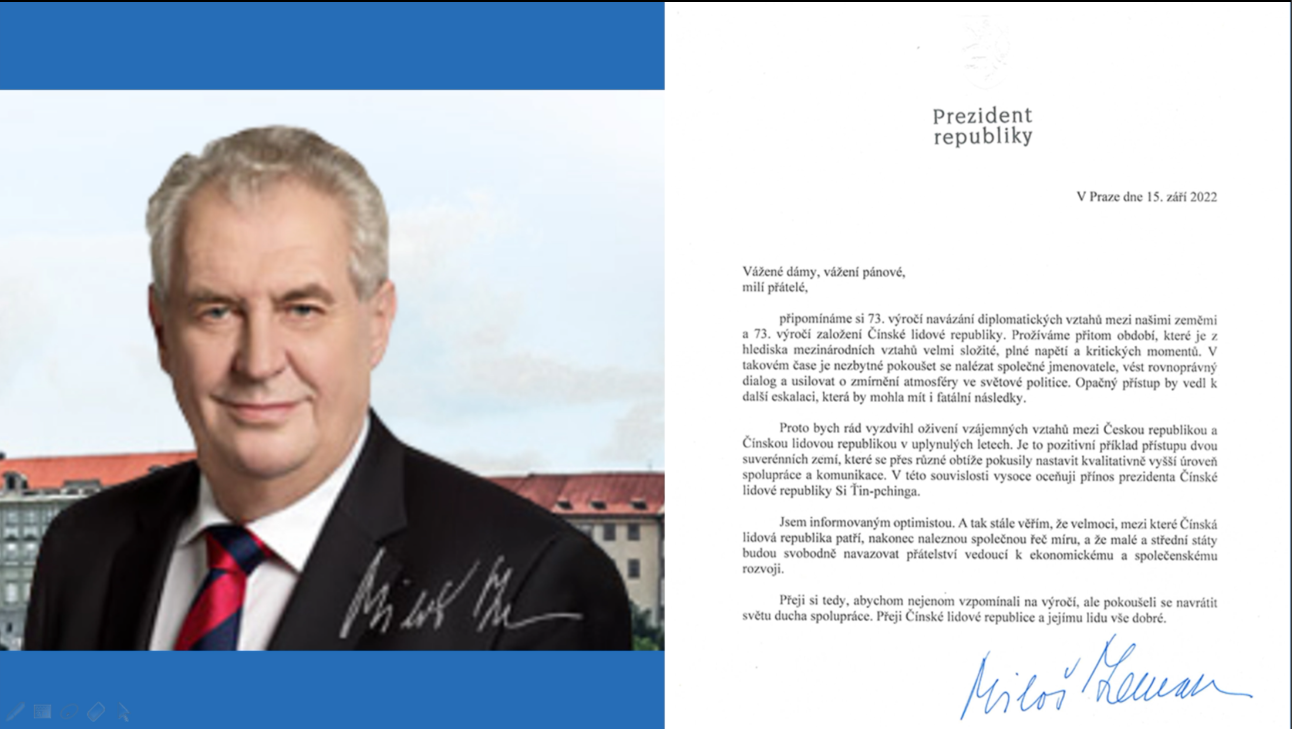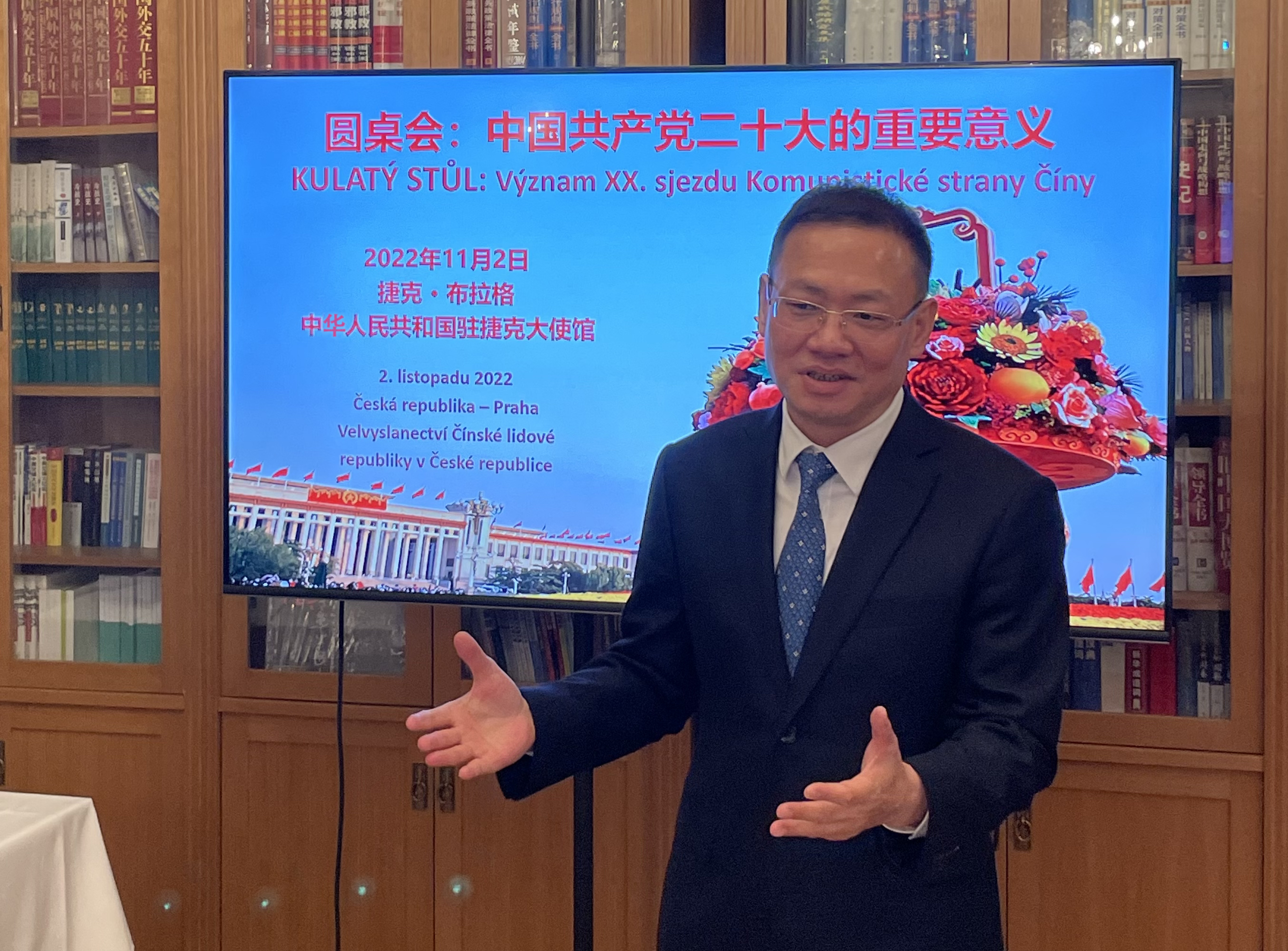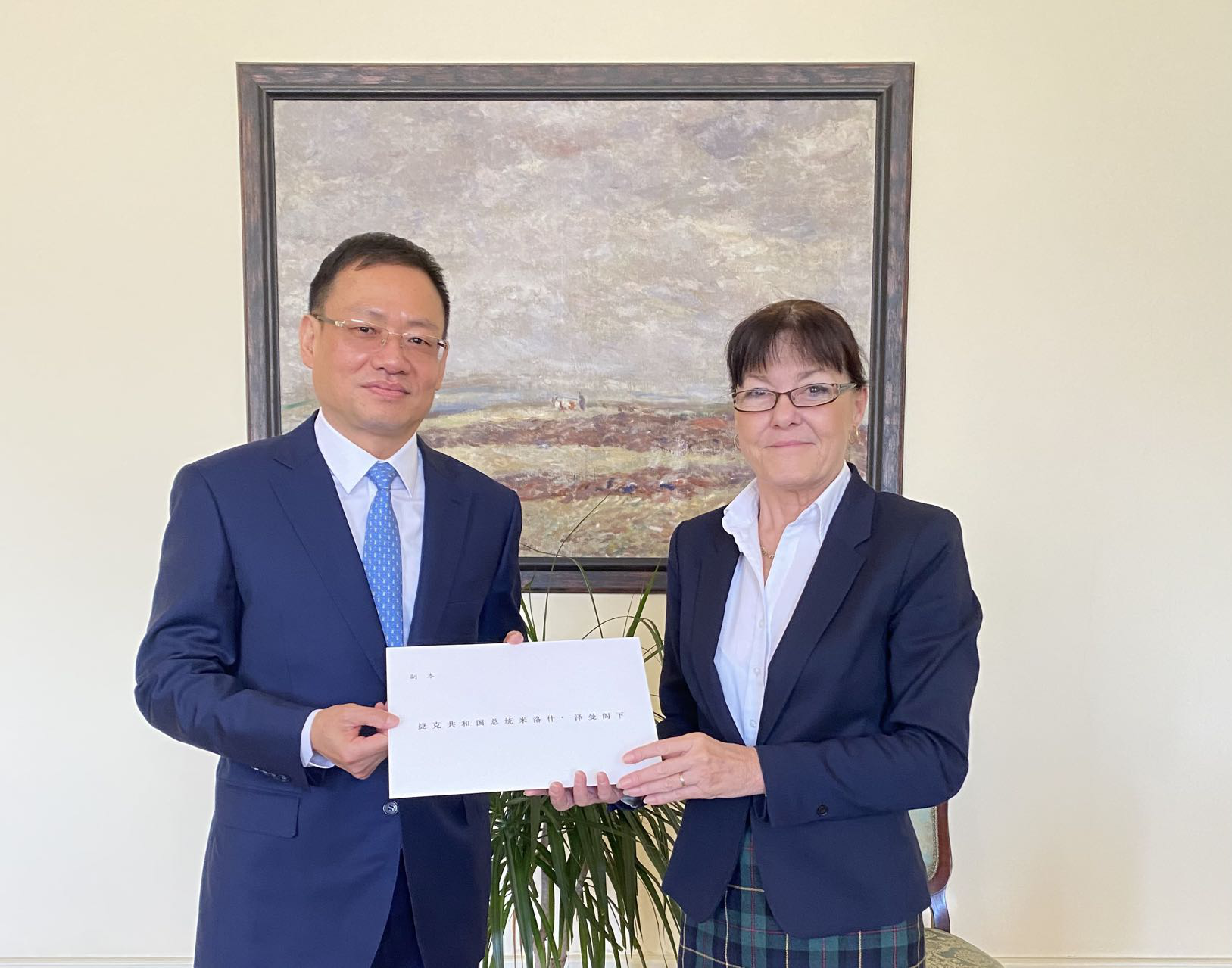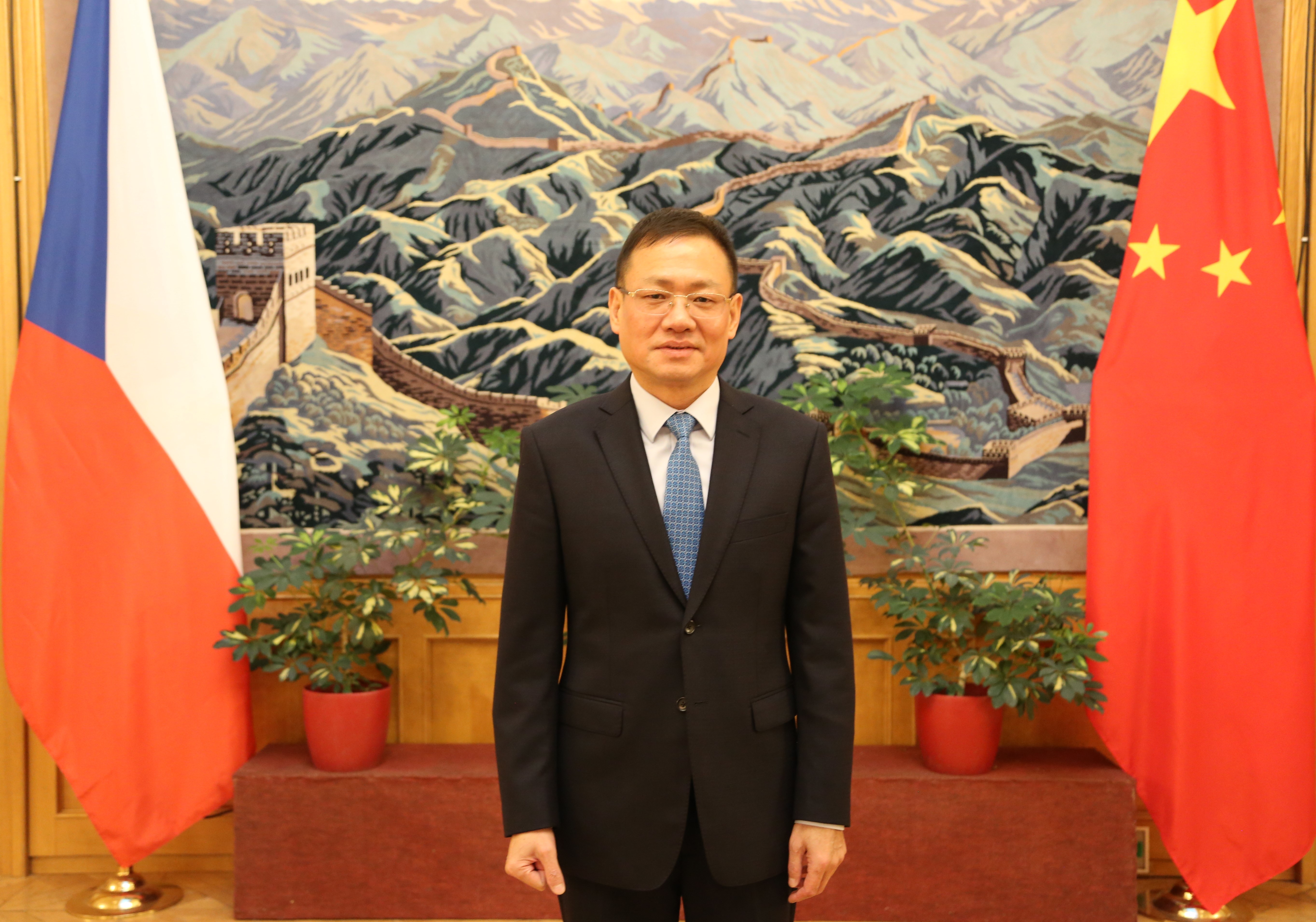| 60 years of social stride in China |
| 2009-09-28 16:43 |
| In the 60 years of twists and turns since the People's Republic of Economic growth aside, Politics The fundamentals of The NPC, The main functions of the CPPCC, founded in 1949, are political consultation and democratic supervision. With influential figures from various fields on its ranks, CPPCC is instrumental in decision-making. From 2006 to 2008, the government has adopted a total of 1,112 CPPCC proposals. Taking advantage of the ever-improving information technology, more grassroots views are voiced and heard through the CPPCC platform. For In February 1980, a group of villagers in In the urban areas, residents' committees are in charge of community affairs. Currently, there are 79,000 such committees in Meanwhile, with around 338 million netizens in virtually every corner of the country, the Internet has proven to be an important tool for Law In April 1950, The law has emancipated many women confined in unhappy marriages arranged by their elders, which was common in the old time. There are now more than 200 legislations in force in addition to 7,600 administrative and regional regulations. In 1954, Work on the legal system was undermined during the Cultural Revolution (1966-76). In 1979, the NPC approved seven important laws within three months. Among them were the Criminal Law, the Election Law and the Law on Chinese-Foreign Equity Joint Ventures. The Administrative Procedure Law was born in 1989. It is the first law that stipulates citizens' right to sue officials, thereby changing a 1,000-year tradition by which the masses could only be ruled by officials. In 2004, "the state respects and guarantees human rights" was included in the Constitution, followed by another amendment to the Constitution about protecting citizens' "legitimate private property", thus further enhancing the concept of human right protection. The Constitutional Law in force was adopted in 1982 with four amendments afterwards. Culture On the cultural front, efforts have been made to improve public services, narrow urban-rural gaps, and create works catering to public tastes and market demand. There were only 55 public libraries across the country in 1949. The number rose to nearly Since 1998, the State Administration of Radio, Film and Television launched a project to extend radio and television network to every village in Since 2003, reforms on state-owned cultural entities have been carried out. To date, about eight percent of the nearly 900 regional literary and art troupes in 29 provinces and municipalities have been de-nationalized. At present, over 70 percent of films are produced by private companies. The State Education Early this year, the illiteracy elimination office under the Ministry of Education was officially called a day. "It is not because we don't value illiteracy elimination any more, but rather because there is nearly no illiteracy to be eliminated," said Wang Dai, former director of the office. When the People's Republic of In 2000, Starting from Sept. 1, 2008, about 160 million urban and rural students enrolled at primary and secondary schools no longer have to pay tuition fees. Latest figures show that 82 million, or about one out of 10 employees in Science Chinese in their 70s or older were used to prefix soap, oil and cloth with "foreign" because these daily necessities relied on foreign supplies. "New With a weak base for materials at the early stage of the People's Republic, new In early 1956, the CPC Central Committee called for a campaign dubbed "march towards science", ushering in a period of all-round development of sciences. It was during this period when The boom was cut short, however, during the Cultural Revolution (1966-76). It was not until 1978 when Deng Xiaoping, known as the chief architect of Over the decades, the number of science and technology professionals has increased to 500,000 from merely 500 before 1949. Chinese scientists have also reaped world-class recognition in fields such as space technology, high-energy physics, bio-technology, medicine and chemistry, as exemplified by the building of the electron-positron collider in --end-- |
|
||||||||||||||||
| ||||||||||||||||
|
|
||||||||||||||||







